Phénibut
€15.95 – €23.95
- Remarque: Non destiné à la consommation
- Uniquement à des fins de recherche
- Haute qualité et pur
- Cuillère doseuse de 50mg incluse
- Pour des alternatives, voir: GABA & L-Théanine
Remarque: Nous n’avons plus de phénibut, mais nous proposons à la place du GABA et de la L-Théanine.
Phénibut
Le Phénibut est devenu connu pour plusieurs fonctions. Il a été découvert et introduit en Russie dans les années 1960.
Le Phénibut est également connu sous les noms suivants :
β-Phényl-γ-aminobutyrique acide
Noofen
Fenibut
Phénybut
Citrocard
Informations sur le Phénibut
CAS: 3060-41-1
MF: C10H14ClNO2
Pureté: ≥ 99%
Fonctions du phénibut
De nombreuses études ont été menées sur les effets de cette substance [1][2][3][4][5][6][7][8][9][10][11][18]. Les études ont montré qu’elle peut avoir un effet calmant. Elles indiquent qu’elle peut réduire le stress et améliorer l’humeur.
Références
- Kim, E. J., & Dimsdale, J. E. (2007). The effect of psychosocial stress on sleep: a review of polysomnographic evidence. Behavioral sleep medicine, 5(4), 256-278.
- Han, K. S., Kim, L., & Shim, I. (2012). Stress and sleep disorder. Experimental neurobiology, 21(4), 141-150.
- Lapin, I. (2001). Phenibut (β‐phenyl‐GABA): A tranquilizer and nootropic drug. CNS drug reviews, 7(4), 471-481.
- Bagmetova, V. V., Krivitskaya, A. N., & Tyurenkov, I. N. (2015). Effects of phenibut and citrocard on non-competitive and competitive behavior during provoked aggression in animals. Bulletin of experimental biology and medicine, 159(1), 48-52.
- Shul’gina, G. I., & Ziablitseva, E. A. (2005). Effect of the GABA derivative phenibut on learning. Vestnik Rossiiskoi Akademii Meditsinskikh Nauk, (2), 35-40.
- Ziablintseva, E. A. (2006). The effect of GABA derivative phenibut on defensive conditioning and internal inhibition. Zhurnal vysshei nervnoi deiatelnosti imeni IP Pavlova, 56(2), 236-241.
- Tyurenkov, I. N., Borodkina, L. E., Bagmetova, V. V., Berestovitskaya, V. M., & Vasil’eva, O. S. (2016). Comparison of Nootropic and Neuroprotective Features of Aryl-Substituted Analogs of Gamma-Aminobutyric Acid. Bulletin of experimental biology and medicine, 160(4), 465-469.
- Powers, M. (2012). GABA supplementation and growth hormone response. In Acute Topics in Sport Nutrition (Vol. 59, pp. 36-46). Karger Publishers.
- Powers, M. E., Yarrow, J. F., Mccoy, S. C., & Borst, S. E. (2008). Growth hormone isoform responses to GABA ingestion at rest and after exercise. Medicine and science in sports and exercise, 40(1), 104.
- Tiurenkov, I. N., Bagmetov, M. N., Epishina, V. V., Borodkina, L. E., & Voronkov, A. V. (2006). Comparative evaluation of the neuroprotective activity of phenibut and piracetam under experimental cerebral ischemia conditions in rats.
- Eksperimental’naia i Klinicheskaia Farmakologiia, 69(3), 19-22.
- Vavers, E., Zvejniece, L., Svalbe, B., Volska, K., Makarova, E., Liepinsh, E., … & Dambrova, M. (2016). The neuroprotective effects of R-phenibut after focal cerebral ischemia. Pharmacological research, 113, 796-801.
- Smirnov, A. V., Barabanova, T. A., & Penchul, N. A. (2003). Cardiac effects of fenibut in development of experimental chronic renal insufficiency. Eksperimental’naia i klinicheskaia farmakologiia, 66(4), 21-24.
- Tyurenkov, I. N., Perfilova, V. N., Sadikova, N. V., & Prokofiev, I. I. (2015). NO-dependent mechanism of the cardioprotective action of phenibut on stress-induced violation of contractile function of the heart. Eksperimental’naia i Klinicheskaia Farmakologiia, 78(11), 8-11.
- Smirnov, D. P. (1980). Peripheral mechanism of the phenomenon of fenibut habituation. Farmakologiia i toksikologiia, 43(4), 431-433.
- Riago, L. K., KhA, S., & LKh, A. (1983). Effect of multiple daily administration of fenibut and diazepam on GABA and benzodiazepine receptors in the mouse brain. Biulleten’Eksperimental’noi Biologii i Meditsiny, 96(12), 49-50.
- Smirnov, D. P. (1980). Peripheral mechanism of the phenomenon of fenibut habituation. Farmakologiia i toksikologiia, 43(4), 431-433.
- Zyablitseva, E. A., & Pavlova, I. V. (2008). Effects of the GABA receptor agonist phenibut on behavior and respiration in rabbits in emotionally negative situations. Neuroscience and behavioral physiology, 38(6), 555-562.
- Sivakumar, N. A., Roy, A., & Ganapathy, D. (2019). Therapeutic benefits of phenibut–A review. Drug Invention Today, 11(9).
Kupats, E., Vrublevska, J., Zvejniece, B., Vavers, E., Stelfa, G., Zvejniece, L., & Dambrova, M. (2020). Safety and tolerability of the anxiolytic and nootropic drug phenibut: a systematic review of clinical trials and case reports. Pharmacopsychiatry.
Auteur

| Poids | ND |
|---|---|
| Ingrédient | Phénibut HCL (4-Amino-3-Phénylbutyrique) 99% |
| Avertissement | Ce produit n'est pas un complément alimentaire. Ce produit est uniquement destiné à des fins de recherche et n'est pas destiné à la consommation. Gardez-le hors de portée des enfants. |

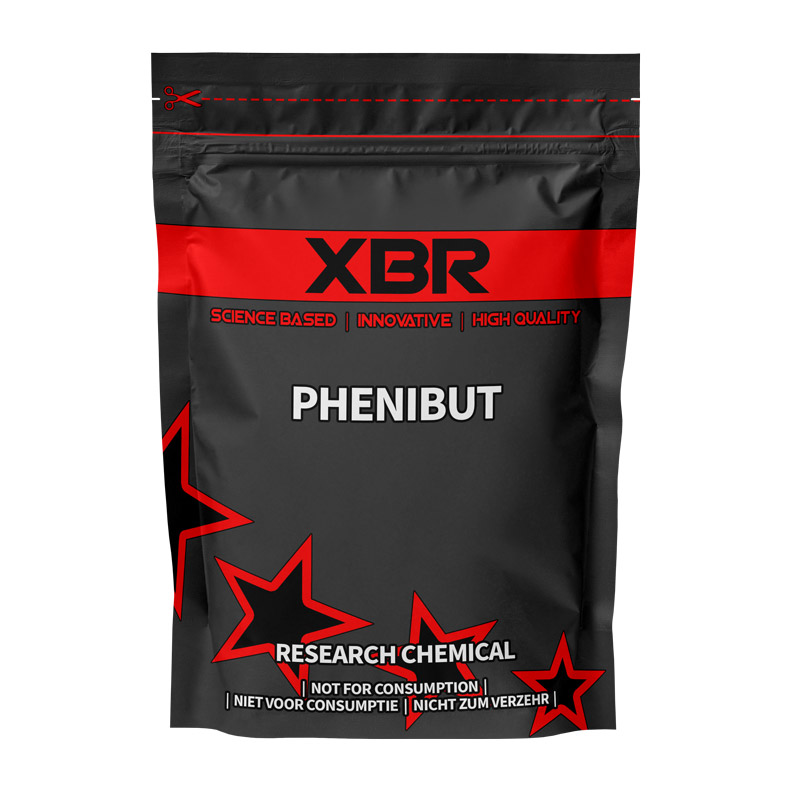
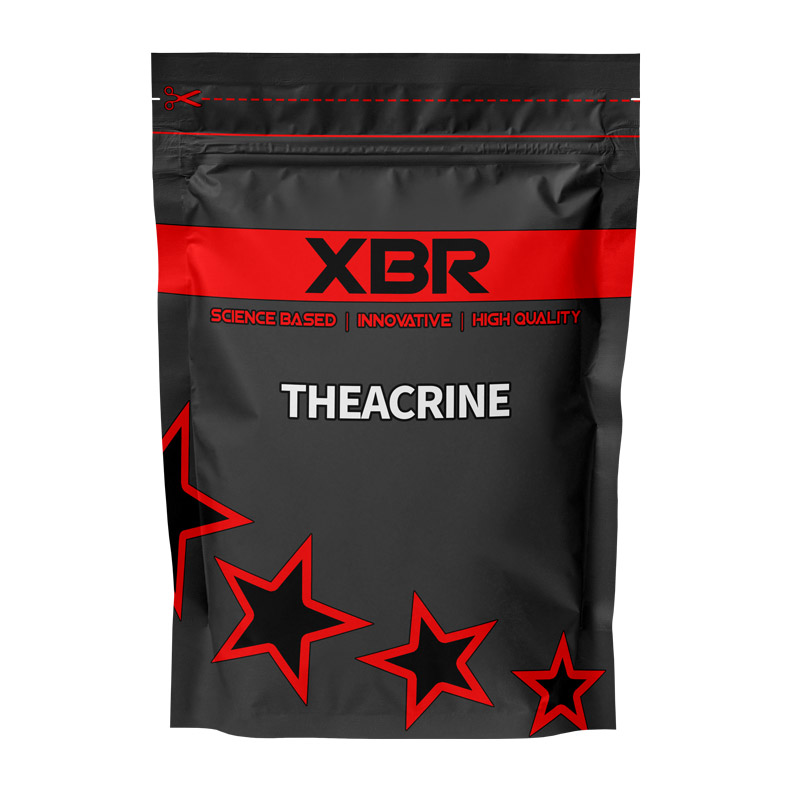
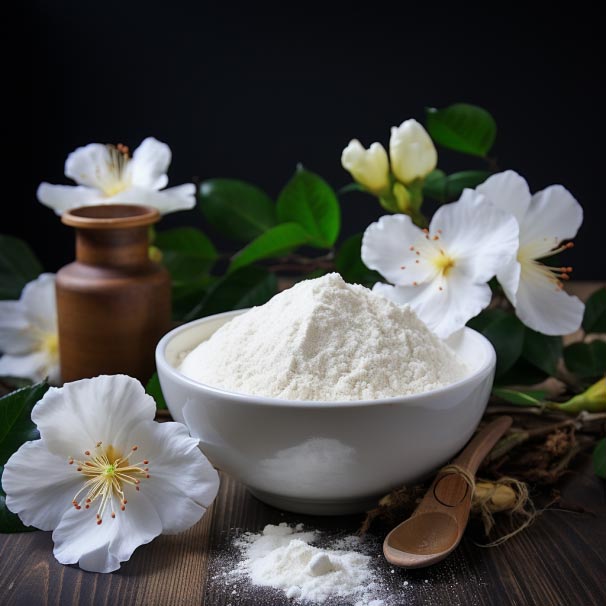
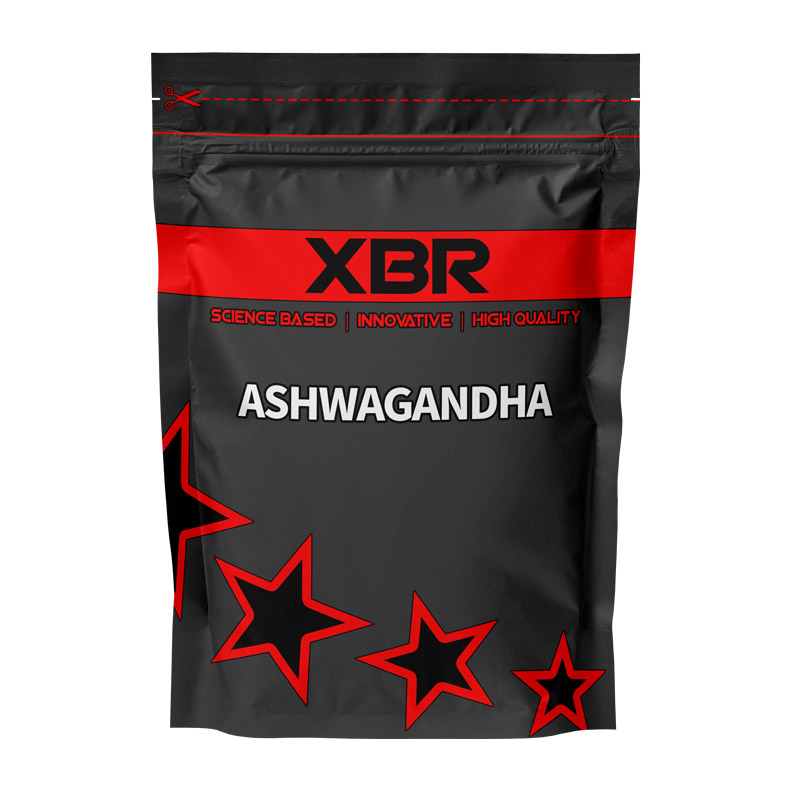
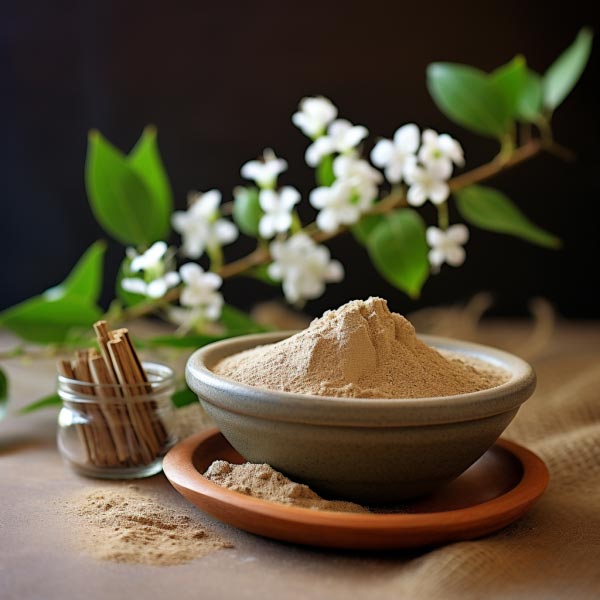
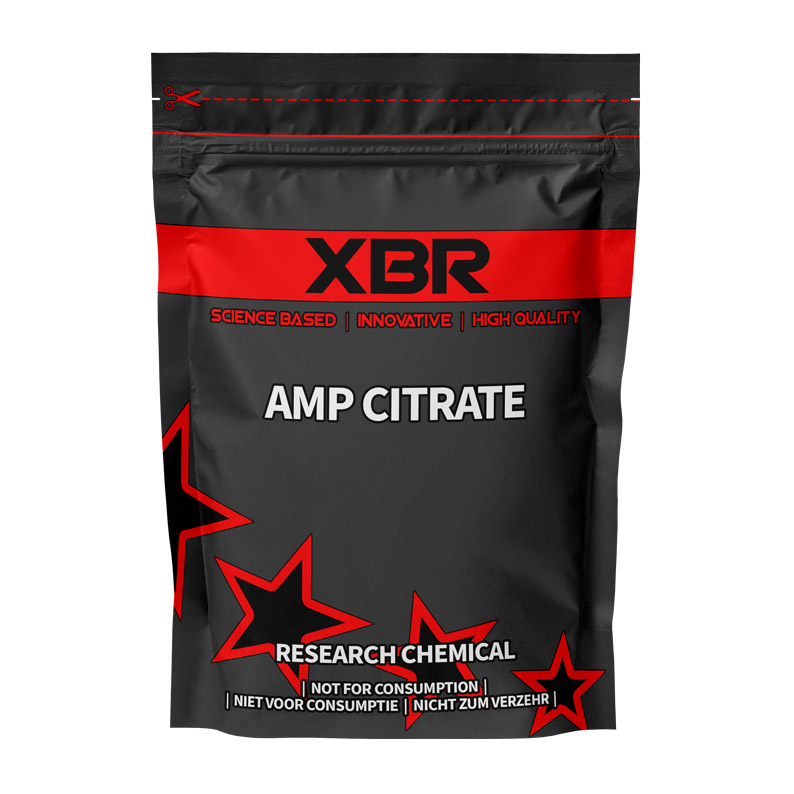
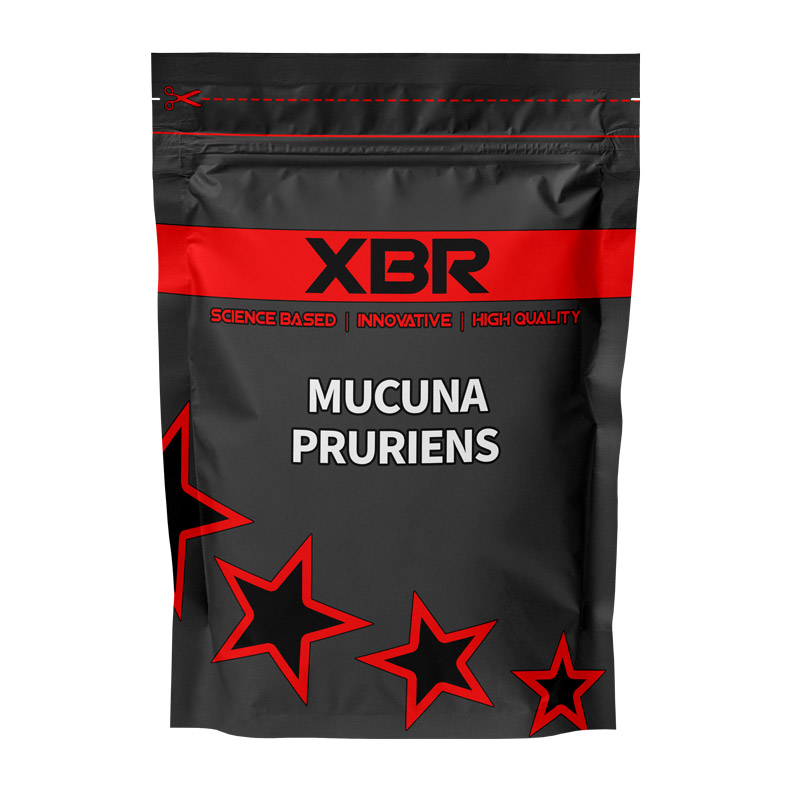
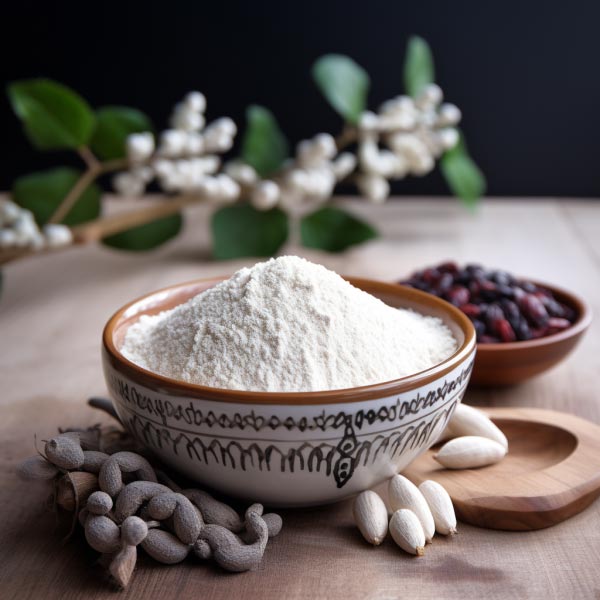
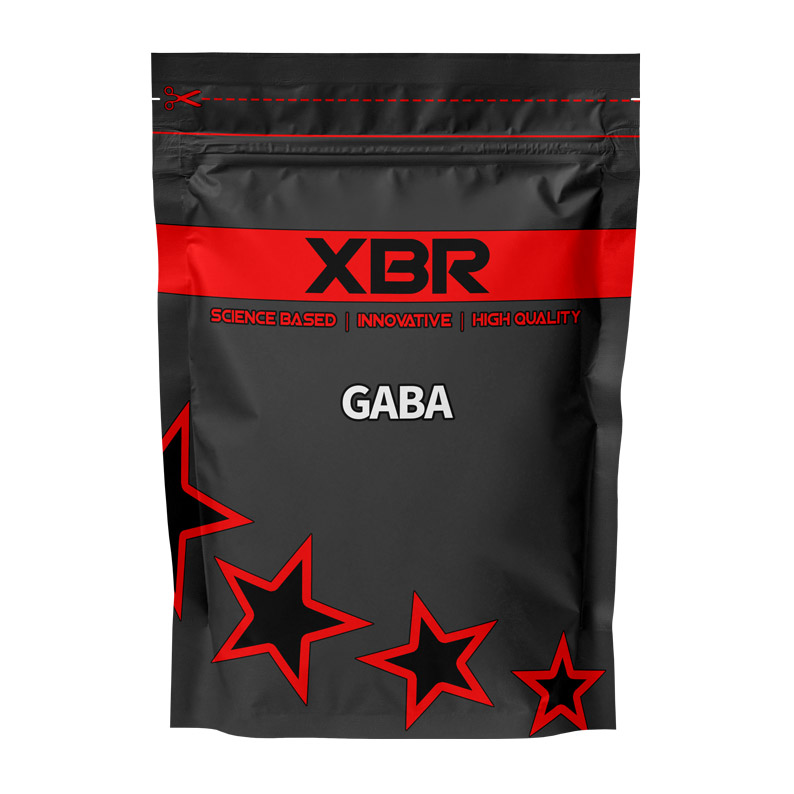
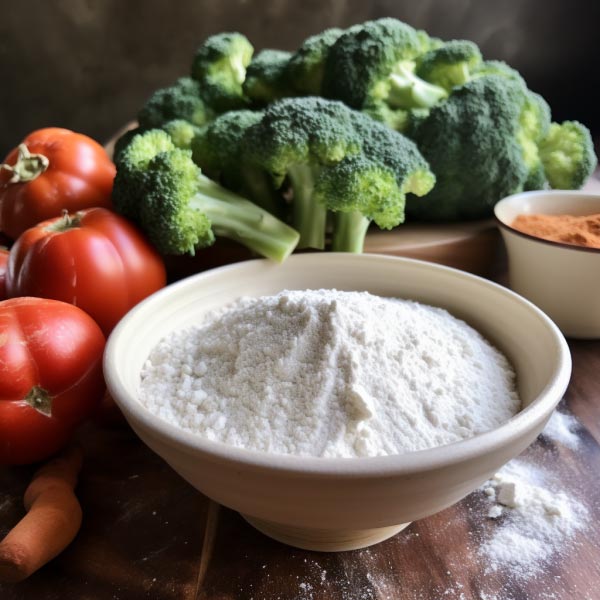
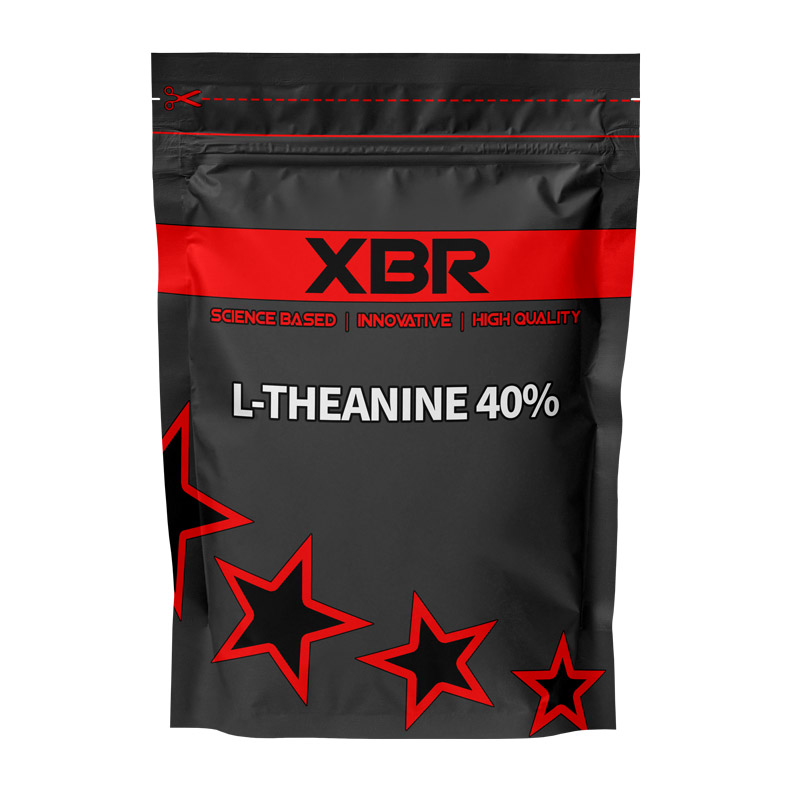
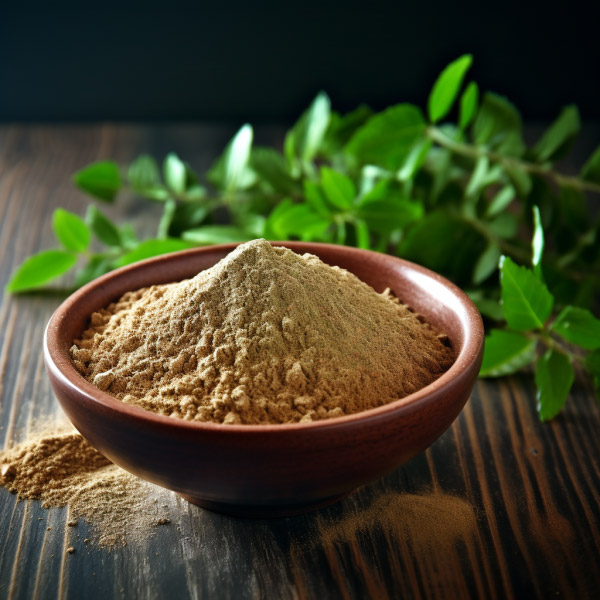
Avis
Il n’y a pas encore d’avis.